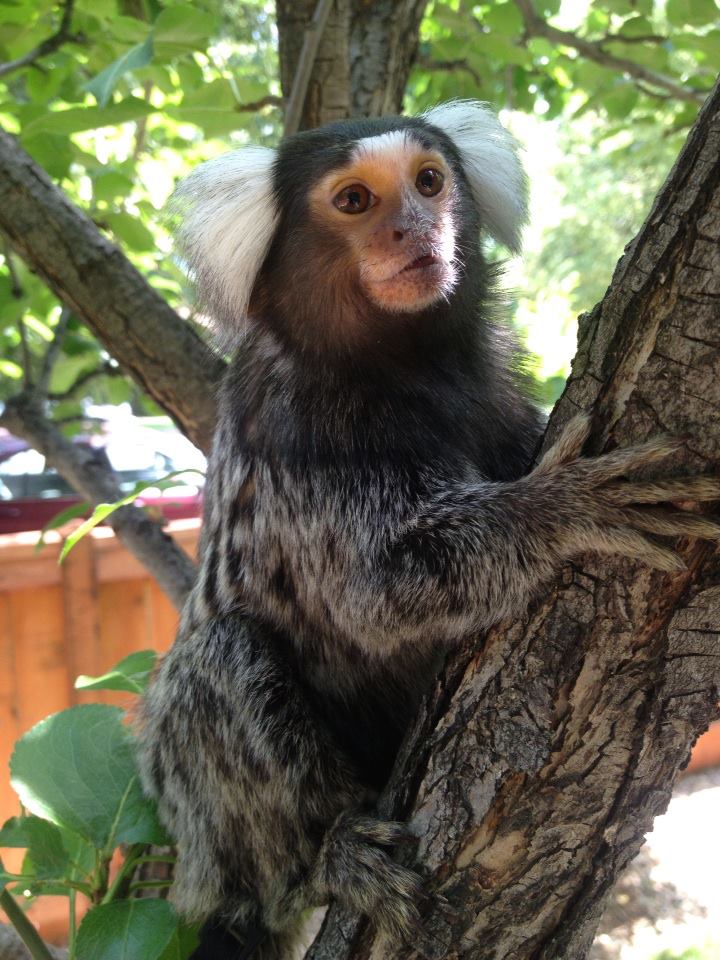In recent months, I have been working with Bubba the marmoset monkey (Callithrix jacchus) on item differentiation / association – but he has not been the only one learning. I have attempted many different methods of item presentation, targeting and association – some of which have been successful, others not so much. Although the methods of item presentation have been somewhat variable (allowing me to observe which methods are effective); the means of behavioral reinforcement (via operant conditioning) has remained constant. Specifically, when Bubba selects the correct item – a desk bell is rang immediately (the positive reinforcement ‘bridge’); Bubba is presented with the unique lexigram card for ‘good’ as well as being told ‘good’ verbally; Bubba receives the food reward (tiny bits of dried, organic fruit) and is once again briefly shown the item he selected while I state the objects name verbally. Continue reading
Category Archives: Bubba’s Training Progress
December Results of Bubba’s Item Differentiation Training
Before I provide the data from my behavioral experimentation with Bubba, it may be necessary to provide definitions for terms I will be commonly using; as well as provide specifics as to how these techniques are being implemented in Bubba’s training.
Operant Conditioning:
Operant conditioning is a type of learning in which the consequences of a subjects behaviors determine whether or not said behavior will be repeated again in the future. This term was coined in 1937 by B.F. Skinner. Operant conditioning operates on the environment and is maintained by its consequences. Continue reading
